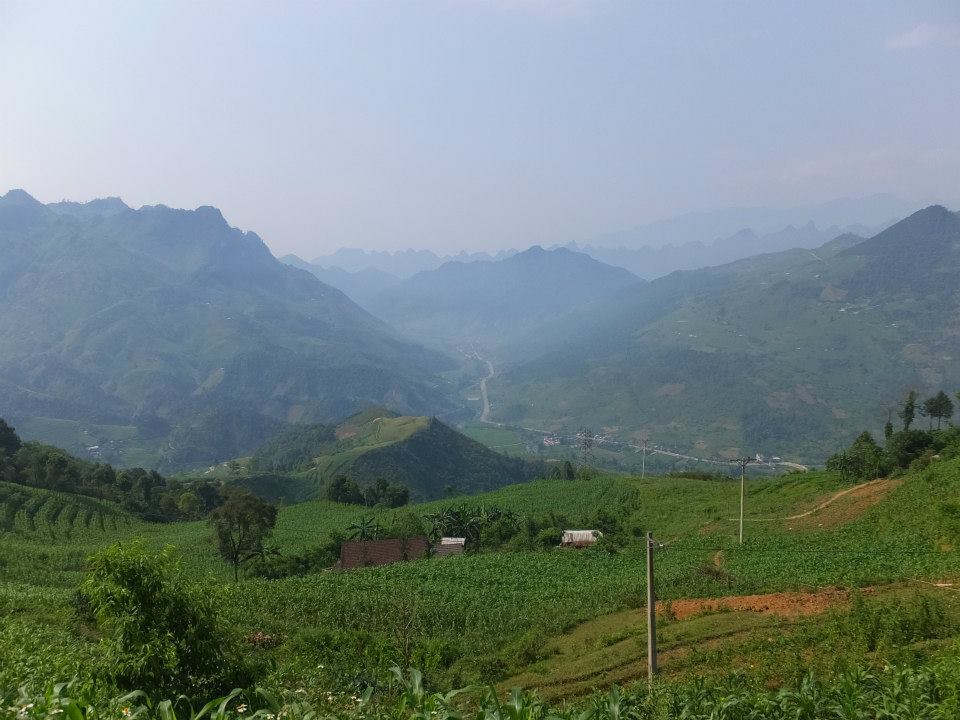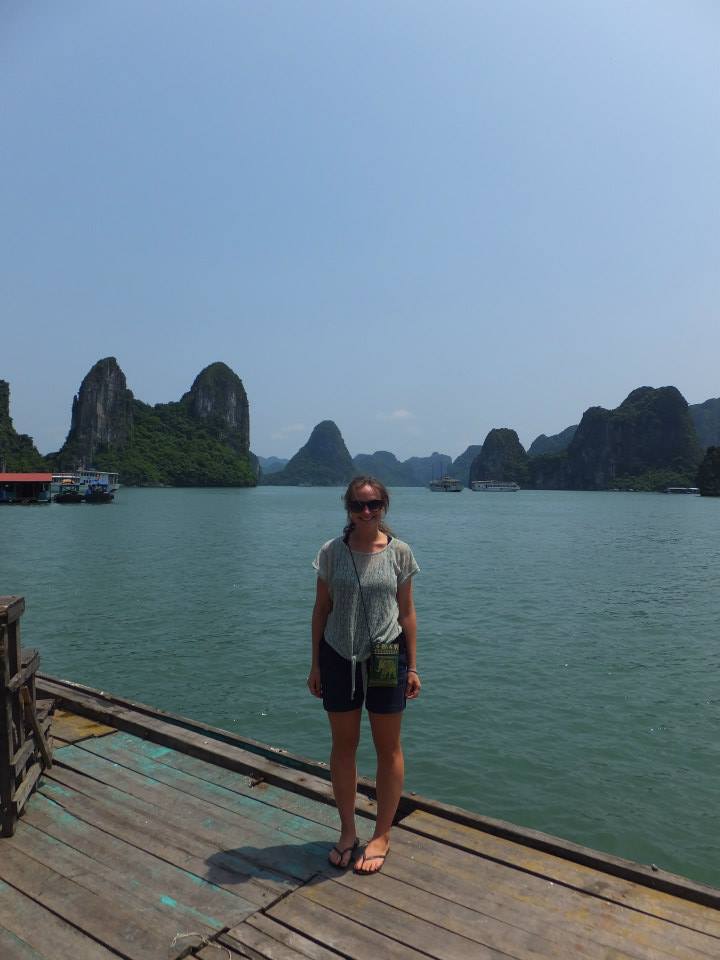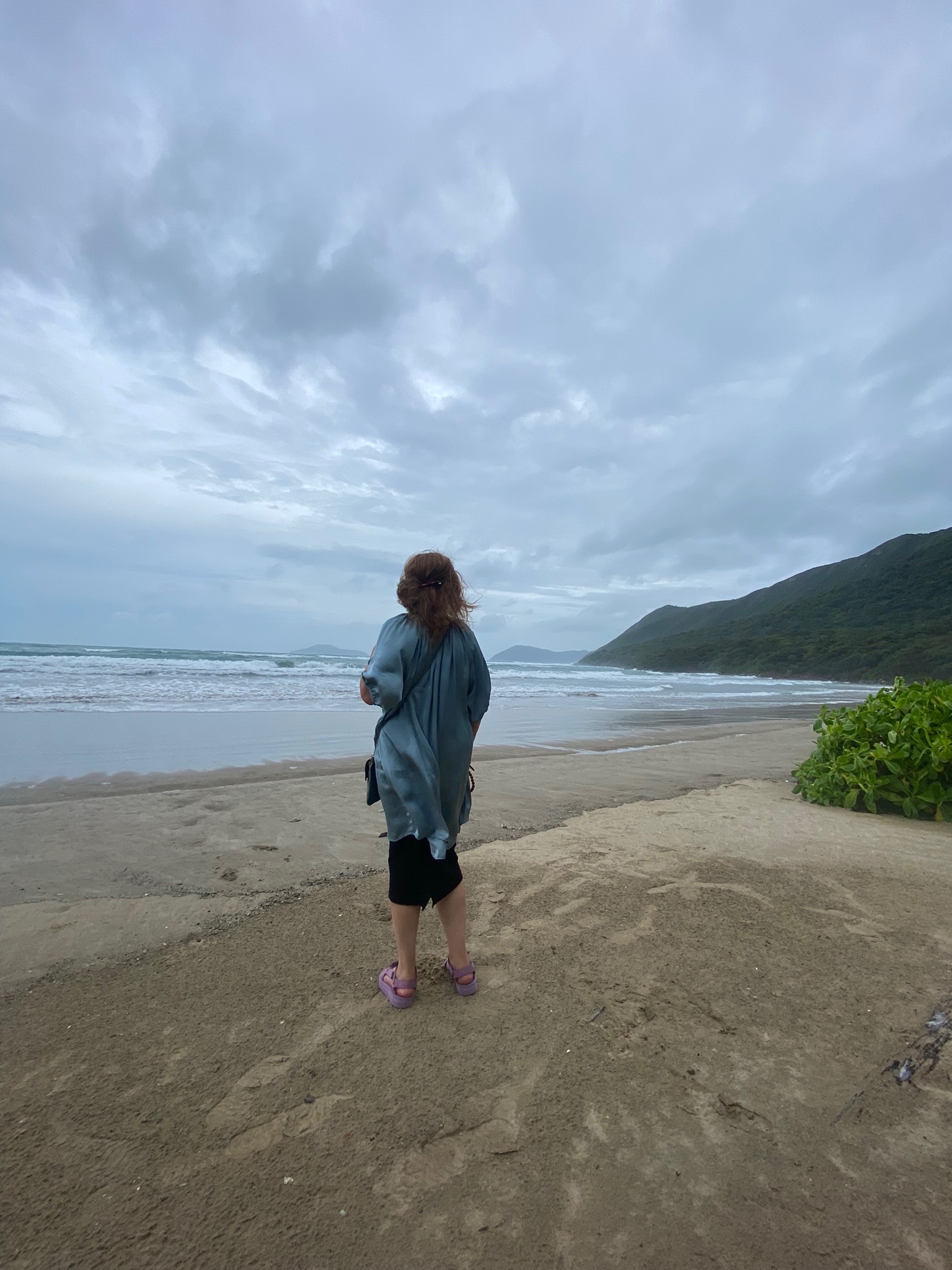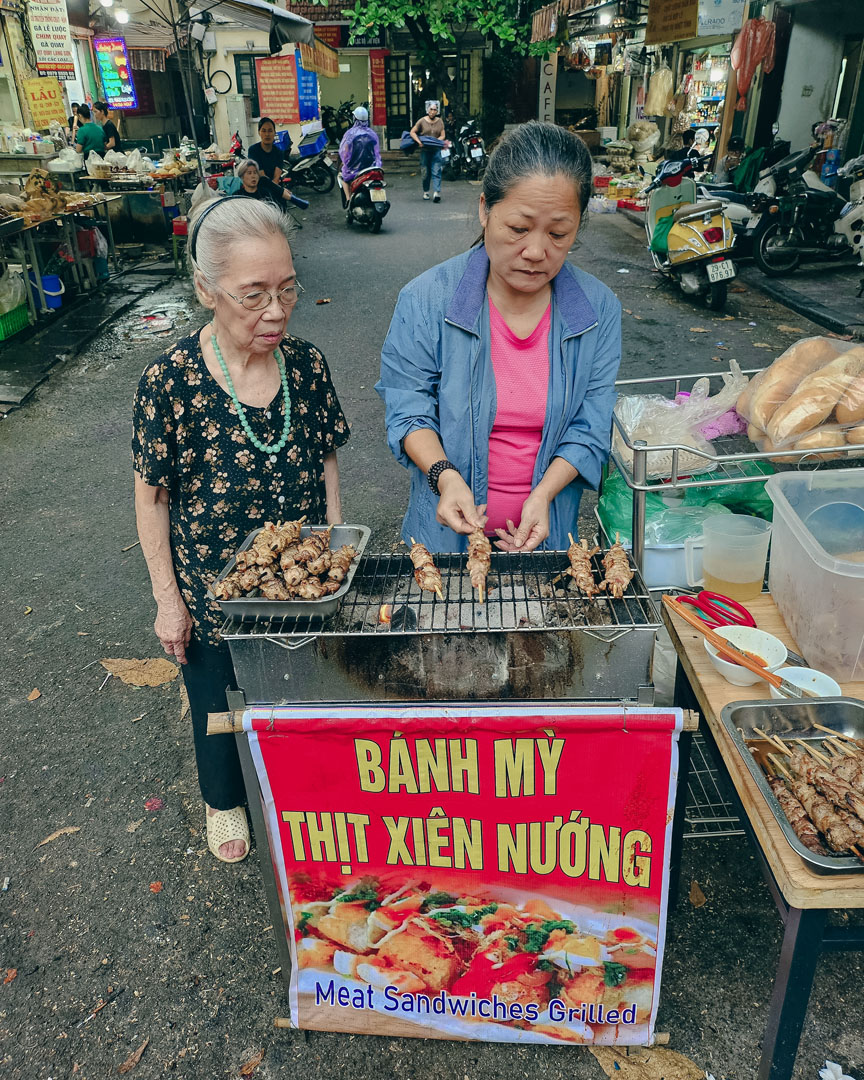Top 3 places to hike in northern Vietnam: on and off the beaten track

Claire heads to the hills of northern Vietnam in search of the best hiking trails. On her journey she sees staggering views, stays in rural villages with friendly locals and explores on and off the beaten track trails.
If it’s walking you’re after, northern Vietnam is the place to go. But which are the best spots to get away from it all?
Sapa
Sapa is a destination that commonly springs to mind — and for good reason. The scenery is incredible. Just type "Sapa" into *everyone’s favourite search engine* and take a moment to appreciate the beauty in the images. Plunging mountains, hillsides dotted with tiny villages and luminous green rice terraces carved into the landscape, stretching as far as the eye can see.
A few days spent out in this scenery and you’ll feel on top of the world.

What these images fail to show are the hordes of tourists around the next corner. In recent years, Sapa has become a mecca for culturally curious travellers looking for an "off the beaten track" experience. And for good reason — Sapa a whole host of trekking options to choose from, comfortable accommodation in abundance, and well-marked tracks that make it possible to explore the region without a guide. Trekking here also tends to be cheaper as groups are bigger. You just have to be willing to accept that the track will be significantly more "beaten" than you first anticipated.
But what if I told you that there is an area of northern Vietnam that really does look just like the pictures?
For serious walkers and those who are willing to venture deeper into the wilds to get a real taste of unspoilt nature, I have a secret up my sleeve!
Ha Giang
That secret is Ha Giang; Vietnam’s northernmost province. I like to think of it as the alternative Sapa. It's still relatively undiscovered and untouched by mass tourism, but with the same incredible scenery. Plus there's a chance to get an insight into local culture.
I’m not going to hide the fact it is a long way from Hanoi... It shares a border with China, so to get there you’ll need to be prepared to take a long private car transfer or overnight train. For those daring enough, there’s always the bus (let’s just say, don’t expect a seat!). Once you arrive, however, the views more than make up for it.
I mean, just look at this. Need I say more?

Short walks in Ha Giang

Ha Giang isn’t necessarily the best for long treks, but it’s a great place to start if you’re looking for a more leisurely walk through the countryside and traditional villages.
On my last trip to Vietnam, my base was the village of Thon Tha; an ancient settlement surrounded by dense forest with steep mountains towering on all sides. It also has a 100% Tay minority population, which really gives a sense of being "off the beaten track".
The village lies in the valley between the Lo and Mein rivers, where the primary means of livelihood is farming. So down at this level, the terrain is mostly flat.
Up in the hills: Homestay experience in Ha Giang
For anyone who finds "trekking" a daunting prospect, the gentle paths and undulating hills around the villages of Ha Giang are a great alternative. Stroll along narrow tarmac paths through farmland and venture up to the top of the cascading rice terraces for glorious views. There are photo opportunities aplenty up here and you won't even have to break a sweat.
By staying close to the Ha Giang villages, you never know what you might chance upon. On just one leisurely stroll through the forest, some friendly buffalo enjoying a mid-morning snack greeted us as we passed and we came across preparations for a BBQ, with meat cooking away on the side of a path.
We also had a wonderful encounter with ladies weaving traditional baskets out of bamboo and joined a bunch of delighted children in a game of football.

Admittedly, you’re probably not going to burn too many calories with this much going on, but you’ll get a fascinating insight into the local culture in Ha Giang.

Longer Walks

Bac Ha
If you’re looking for a more serious trek, look no further than Bac Ha in Lao Cai province. Despite being relatively under the tourism radar, Bac Ha is considered by some to be the ultimate destination for trekking in Vietnam.
Aside from a fantastic market, the town itself isn’t much to look at, but there are plenty of organised treks to join in this area — all of varying duration and difficulty. Generally, most treks will start on an easy path out of a village. Then there will be a gradual ascent from village to village, traversing rice terraces and climbing through thick green forests clinging to the side of mountains.
From this vantage point, you get some fantastic views down into the valley. It is only when you’re up here that you realise quite how extraordinary the landscape is, with its rich segments of colour. I couldn’t get over the jagged shape of the mountains – almost as if they’d been drawn by a child. A direct contrast from the perfectly rounded hillocks down in the valley bottom.
5 reasons to spend time at a homestay in Southeast Asia
On multi-day treks, a guide takes you through villages that you wouldn’t stand a chance of discovering on your own. It's in these villages that you will stop off overnight. I’m making a broad assumption that those who are keen on the outdoors and getting out into the wilds are equally happy to embrace more simplistic accommodation.
Hill trekking usually goes hand-in-hand with a homestay visit. Conditions tend to be fairly basic, but you’re given a warm welcome and will quickly have a cup of rice wine thrust into your hands; sure to warm the cockles and ensure you sleep like a baby. Just what you need after a long day pounding the hillside.
When to go

The ideal time to go trekking in northern Vietnam is post-green-season – around late September or October, just after the rains have passed. The scenery will be picture-postcard perfect, and the weather pleasantly cool.
It tends to get pretty cold up in the hills in December and January, so if you go at this time, remember to pack a jumper. I travelled in May, just before the main onset of the rains. As you can see from the photographs, it was a little hazy. Avoid the summertime, as it is very wet and very hot – the worst conditions for trekking.
If one (or all!) of these destinations has piqued your interest, why not check out our Adventurer's Vietnam itinerary? Alternatively, we can arrange treks lasting anywhere from a day to a week. Get in touch with our Vietnam travel experts to find out more.




